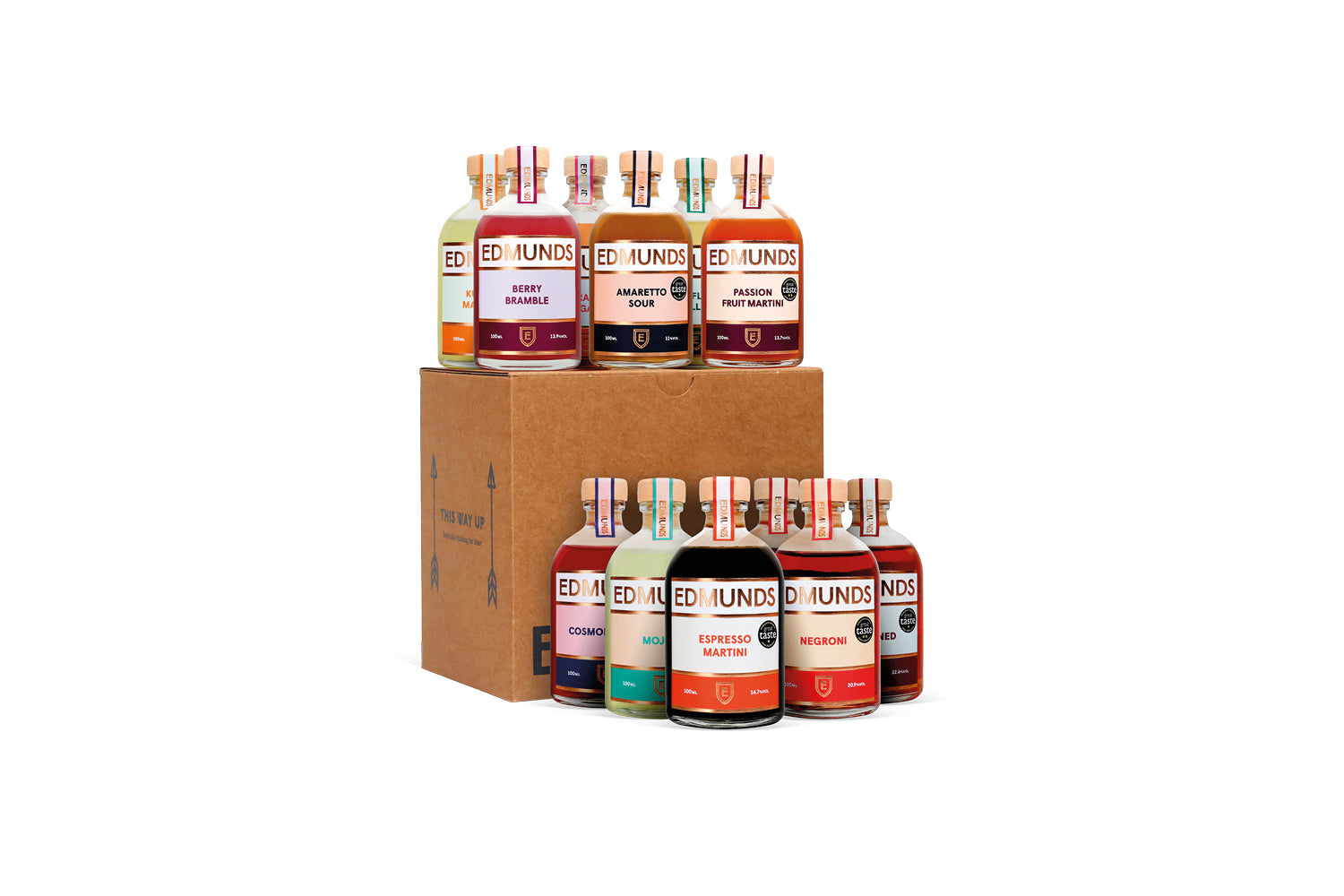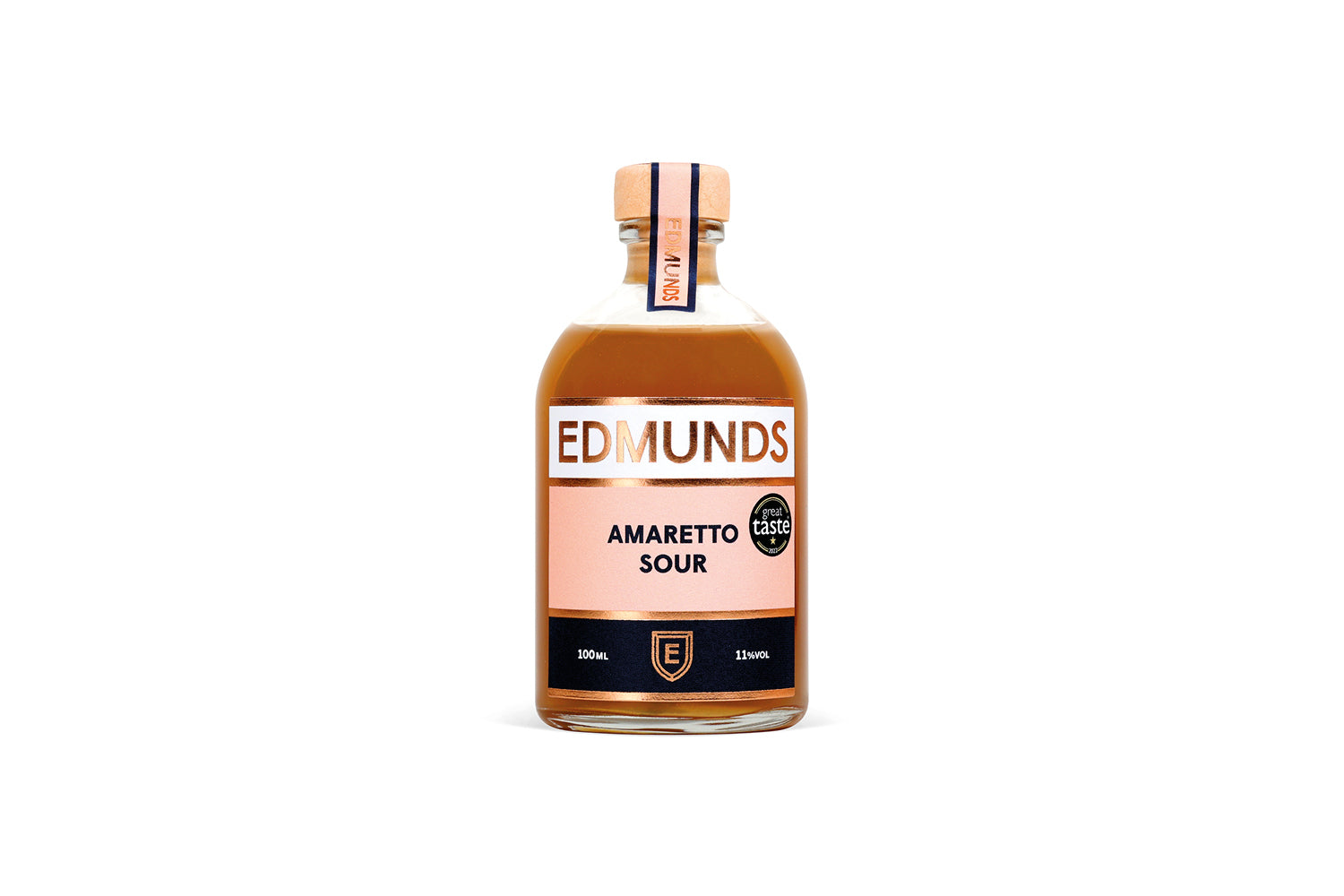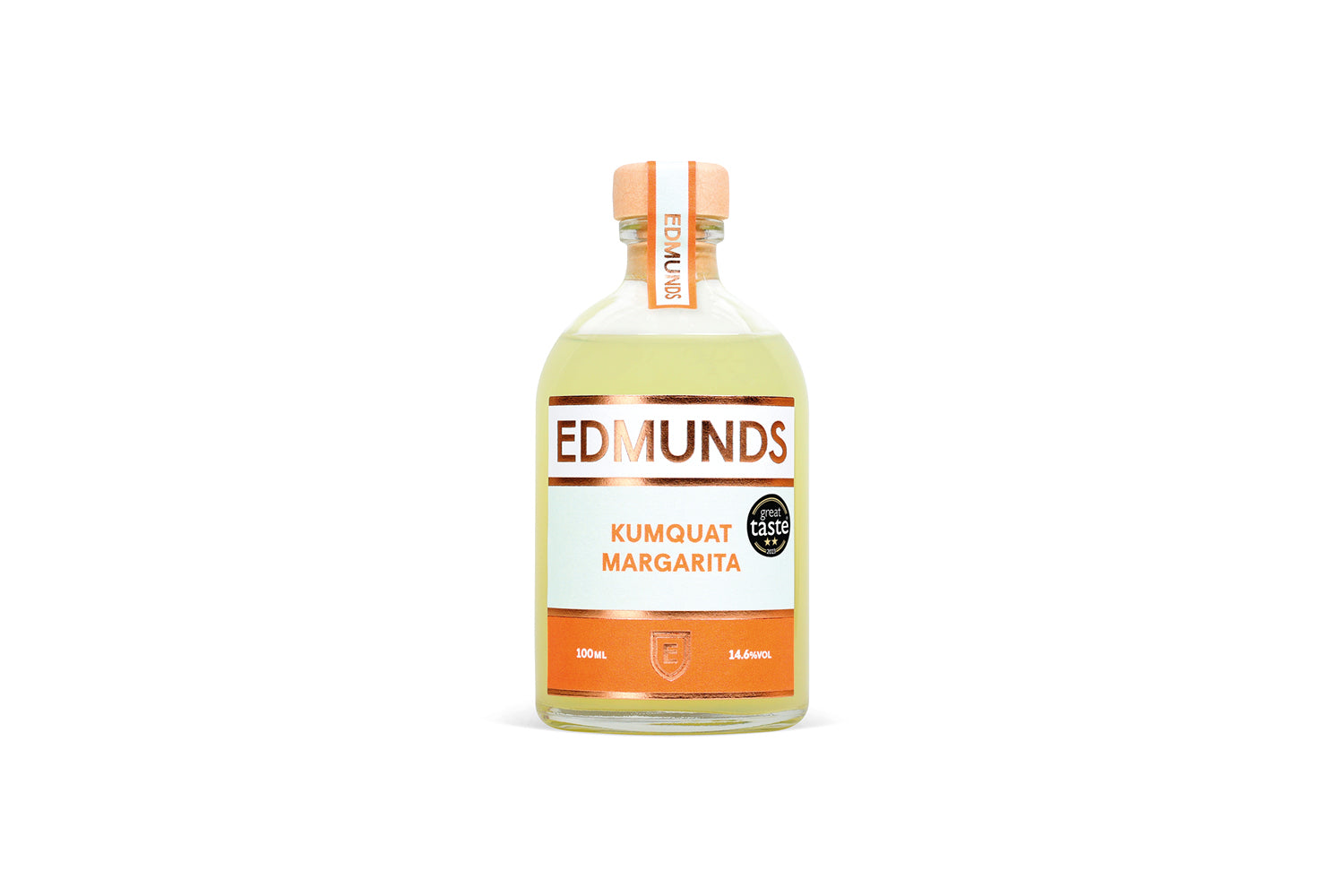Everyone loves a good hoax. Our favourite from recent times has to be the wheeze concocted by freelance writer Oobah Butler that saw his bogus restaurant, The Shed at Dulwich, top the TripAdvisor rankings for a full six months back in 2017, despite it being a complete fabrication. Butler’s wry satirisation of London’s notoriously fickle food scene demonstrated how easy it is to create the kind of buzz that can propel restaurants to giddy heights without serving a single customer.
Have you heard the one about…?
There are plenty of disputed origins stories for world-famous cocktails. We’ve touched on a few of them in recent blogs: for instance, who really knows whether the Margarita was the brainchild of Tijuanan restaurateur Carlos ‘Danny’ Herrera or an Irish bartender called Madden?; or if the Bloody Mary was forged in a fashionable Paris bar or the by-product of a hastily concocted hangover cure from Palm Beach? No one cares once they’re sipping it through a straw.
However, one cocktail can boast not only the usual clutch of disputed origins but also a hoax story all its own.
In 1874, the streets of New York were apparently abuzz with pranksters initiating random conversations with friends and acquaintances, that began with the question: ‘Have you seen Tom Collins’, quickly followed by a warning that this fictional character had been enquiring for/ insulting them and was now waiting in a bar round the corner.
The payoff of this practical joke would presumably be the mortification of the gullible prankee asking for a Tom Collins, at which point the savvy bartender would serve them a drink of the same name to soothe their embarrassment. So far, so viral. Oddly, the joke was further amplified by a bunch of newspapers printing stories containing false sightings of Tom Collins and was also memorialised in music hall songs from the era*.
Meet the Collinses
As an origins story, the hoax doesn’t really hold water. It’s more likely that the Collinses (Tom, John et al) were an evolution of the ‘Gin Punch’ recipe that dates from the early nineteenth century, with later derivatives being named to reflect the type of gin used. So, a Tom Collins would be made with ‘Old Tom’ (slightly sweetened) gin, while a John Collins would use London Dry gin.
It's possible that the John Collins is actually named after a bartender from Limmer’s Hotel on Conduit Street in London, although its creation is also variously credited to a New York tavern called the Whitehouse and to bars in New Jersey and New Orleans. It’s a simple recipe, comprising gin, lemon juice, sugar syrup and soda water, served over ice in a tall glass, so it's perhaps unsurprising that it quickly became a regular feature on cocktail menus all over the world.
By substituting gin for an alternative spirit, bartenders have since created a vast sub-directory of collinses, including the Colonel Collins (bourbon), Joe Collins (vodka) and the Pierre Collins (cognac). But it’s also possible to tweak the classic recipe by incorporating different aromatics. Strawberry, mango and kiwi make interesting variations on the theme, although we think that elderflower is the perfect partner.
At Edmunds, our Elderflower Collins pairs premium Suffolk Distillery gin with lemon juice, sugar and fragrant elderflower liqueur, infused with cucumber for a wonderfully fresh finish. Simply shake and strain over ice before topping with soda water and garnishing with lemon for all the pleasure with none of the drama!
* You’ve got to wonder if there was something in the NYC water supply in 1874. The pages of the highly respectable New York Herald newspaper from November that year carried a ridiculously overblown hoax claiming that exotic animals had escaped from the Central Park Zoo, killing and injuring hundreds of citizens as they embarked on a city-wide rampage. Absolute scenes.










































































